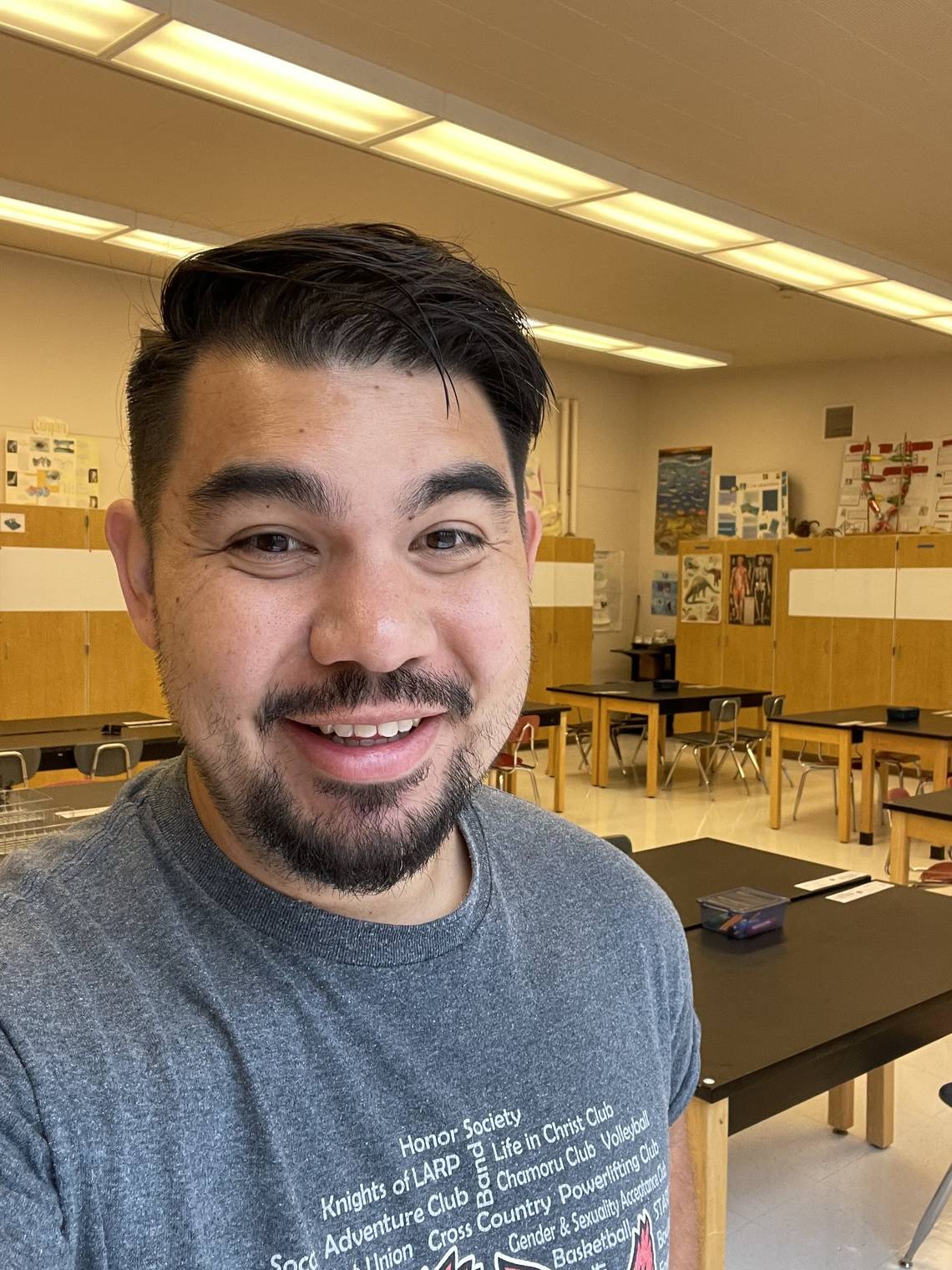Enter my high school physics classroom this fall, and you’ll observe students gathering data using Vernier sensors, drawing diagrams on whiteboards, and participating in conversations to understand how the world functions. This type of active, team-based learning was developed through a 10-week training program I finished via theAmerican Modeling Teachers Association– supported by federal Title I funds in 2023.
However, such opportunities are disappearing.
Because of continuous lack of funding and the recent stoppage of Title I funds, educators in districts such as Franklin Pierce, Clover Park, and Tacoma are now forced to pay for professional development, curriculum creation, and laboratory equipment themselves. The effects are subtle yet significant.
Science education, unlike most other subjects, heavily depends on time, space, and physical resources. Without these, it’s increasingly turning into screen-based experiences and virtual simulations. What should be a hands-on investigation of the natural world is now being replaced by digital alternatives. This isn’t progress, but rather a matter of survival.
There’s a significant irony: while schools prohibit cell phones to reduce distractions, they also have students facing screens for the majority of their day. As financial resources decrease, the move towards unverified AI tools is likely to speed up. And without careful direction, these tools oftenintroduce or reinforce misconceptionsthose that are more difficult to undo than to avoid.
Even if new funding is received, the first concern at the district level is: Which major publisher’s curriculum should we purchase? The discussion rarely focuses on upgrading science equipment or replenishing lab supplies. This is concerning because many curricula become obsolete quickly or depend on costly subscription models that drain resources annually.
Even in Washington, whereNext Generation Science StandardsHighlight hands-on, inquiry-driven learning, yet science continues to be one of the least supported and evaluated subjects. There is no unified state curriculum and no mandatory science course needed for graduation. This implies that the quality of science education largely depends on a student’s location and the availability of teachers. One student could build bottle rockets during a physics lesson, while another finishes a worksheet about Newton’s Laws without ever using a spring scale.
This imbalance is increasing, exacerbated by teacher exhaustion, divided classrooms, and larger student groups. The NGSS is an innovative approach, but it requires time, education, and resources to be effectively put into practice. Frequently, science educators are asked to equip students for the 21st century with 20th-century tools, if they have any at all.
This goes beyond K–12 education. With increasing college expenses and reductions in federal research support, opportunities in the scientific field are becoming more limited. If we don’t provide early and substantial support for classrooms such as mine, we may lose a whole generation of future scientists, engineers, and educated individuals before they even have a chance to start.
Tacoma is a city that emphasizes perseverance and creativity. However, these traits begin within our public schools. Immediate steps are required: reinstate and increase Title I funding, invest in laboratory facilities and materials, rather than just focusing on attractive curricula, and assist educators with the tools and time they require.
The future of science isn’t born in a university laboratory, but in a high school classroom in Tacoma.
Nick Watkins is a certified high school physics educator at Franklin Pierce High School in Tacoma.







